First-person-view (FPV) and tethered drones are set to become formal programs in the U.S. Army by 2025. These small quadcopters, once considered mere curiosities, are now poised to become essential tools in modern warfare.
The Push for Formal Programs
Lieutenant Colonel Michael Brabner, who oversees small-drone requirements for the Army’s Maneuver Capabilities Development and Integration Directorate, is reportedly driving this initiative. He aims to have both FPV and tethered drones as programs of record by fiscal year 2025, with plans to deploy FPVs to a unit by fiscal year 2026. FPVs are slated for infantry platoons, while tethered drones will support armored units.
Rising Prominence of FPVs
FPVs gained significant attention during the Ukraine conflict, where soldiers on both sides used them to destroy enemy vehicles. These drones, costing around $400, provided a cost-effective solution against much pricier military hardware. The U.S. Army has similarly experimented with tethered drones, which remain airborne for extended periods by drawing power from a wired supply.
The Army’s FPV requirement includes a modular payload system, allowing soldiers to switch between anti-personnel and anti-materiel explosives. According to Brabner, these drones will serve as multi-tools in terms of lethality at the tactical squad or platoon level.
Distinct from Other Programs
The FPV program will differ from the Army’s Low Altitude Stalking and Strike Ordnance (LASSO) program. LASSO focuses on equipping units with loitering munitions like Aerovironment’s Switchblade 600, designed to target tanks and significantly more expensive than FPVs. The Switchblade 600, for instance, is likely priced above $80,000 and offers advanced features such as encrypted communications and extended range.
Brabner emphasized the goal of making FPVs “attritable, consumable, and expendable,” without replicating Ukraine’s ad-hoc approach. The U.S. aims to ensure these drones are safe, air-worthy, and compliant with insensitive-munition standards.
Strategic Advantages
Drones offer a significant edge in various military operations, including reconnaissance, communication extension relays, electronic warfare, and lethal strikes. The Army is also exploring the use of modified reconnaissance quadcopters to drop munitions, inspired by tactics used in Ukraine and Myanmar. The 82nd Airborne has collaborated with Brabner’s office to equip Skydio RQ-28a quadcopters to drop live M-67 fragmentation grenades.
However, it remains uncertain which firms will supply the FPVs. The U.S. military faces restrictions on Chinese drones, leading several American companies to step in, though some have encountered performance issues in combat conditions.
Launch of FPV Pilot School
Alongside the FPV fielding, the Army’s Maneuver Center of Excellence plans to introduce a new FPV course for soldiers. Staff Sergeant Adrian O’Neal, involved in developing the curriculum, stated that the school could start as early as fiscal 2025. The course, potentially three to four weeks long, will teach soldiers to fly FPVs and execute strikes. FPV training is also part of the Army Special Operations Forces’ Robotics and Unmanned Systems Integration Course, a six-week program on drone and ground robot operations.
O’Neal highlighted FPVs’ versatility for both reconnaissance and attacking targets of opportunity. “I can zip around,” he said, “I can avoid being shot at and I don’t care if it gets shot down.”
The U.S. Army’s push to formalize FPVs and tethered drones by 2025 represents a significant shift in modern warfare tactics. These drones, with their cost-effectiveness and multifunctionality, could provide a decisive edge on the battlefield.
DroneXL’s Take
The Army’s move towards integrating FPVs and tethered drones marks an exciting advancement in military technology. These drones offer unmatched versatility, from reconnaissance to lethal strikes, and their cost-effectiveness makes them an affordable and practical choice for modern warfare. As the Army continues to innovate and refine these programs, we can expect drones to play an increasingly vital role in future military operations.
Discover more from DroneXL.co
Subscribe to get the latest posts to your email.




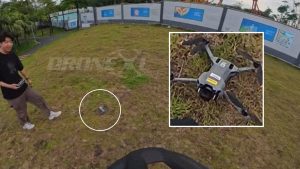
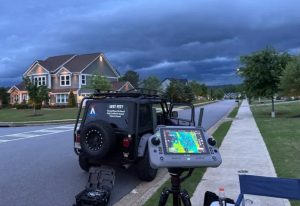
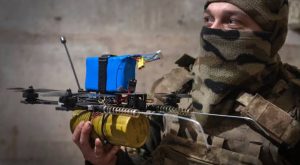
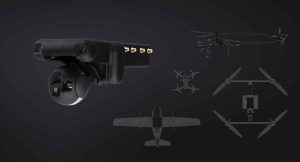
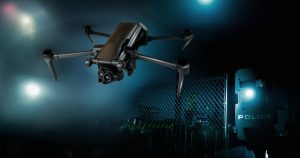

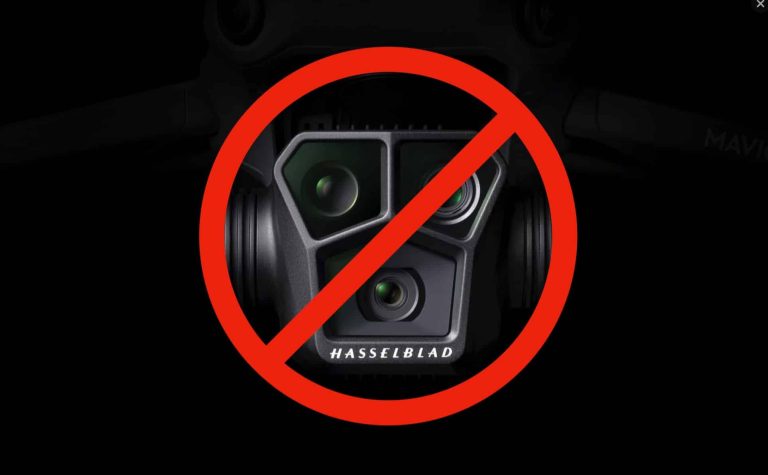
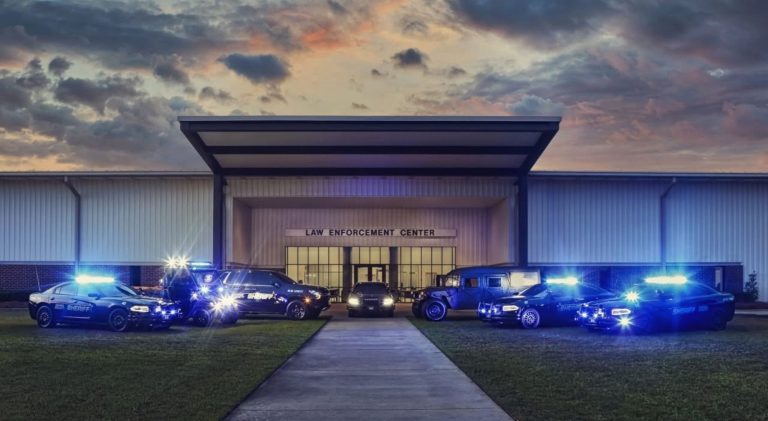
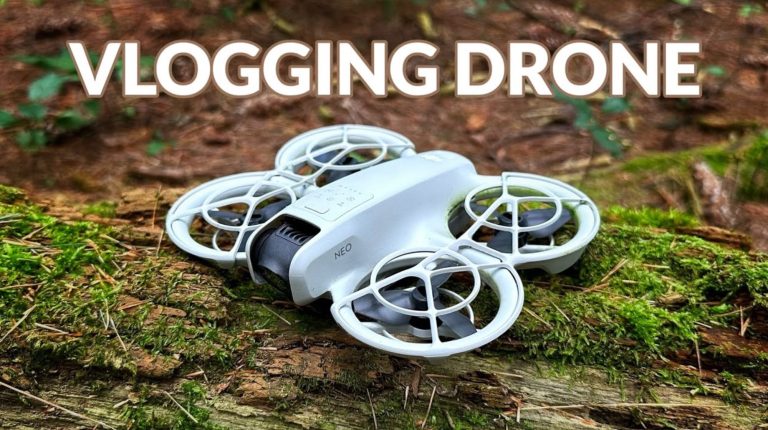

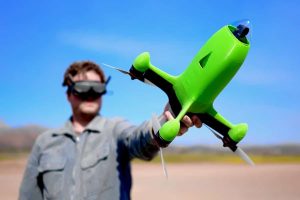
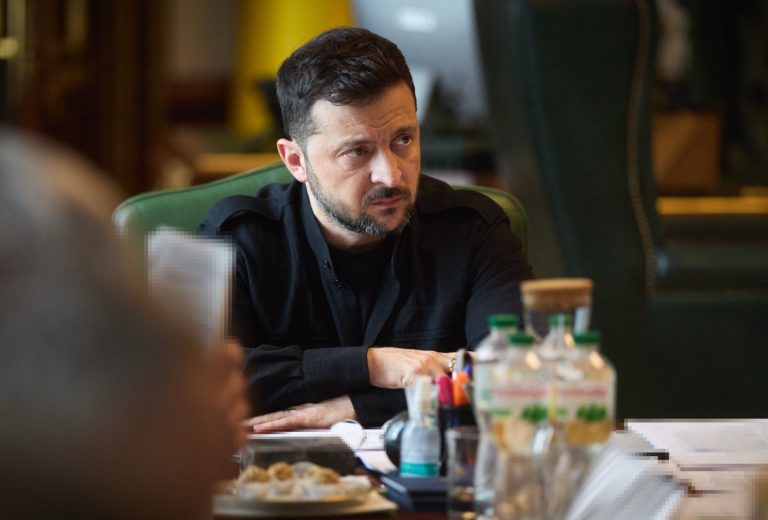
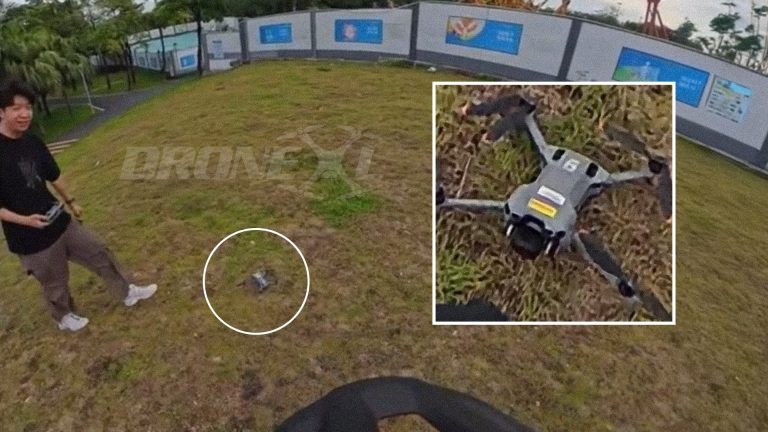

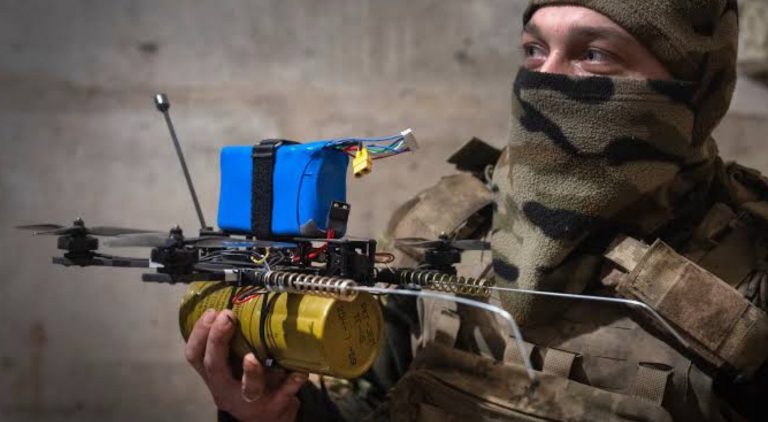
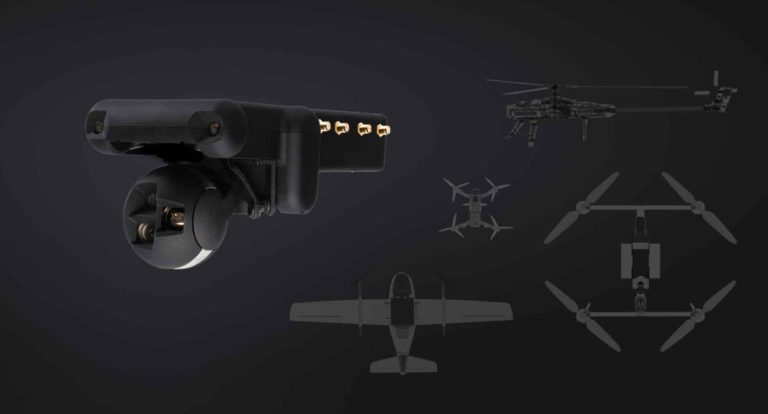
+ There are no comments
Add yours